Enhancing NaOCl efficacy in endodontics through exposure time, activation techniques, concentration, and temperature for optimal disinfection.
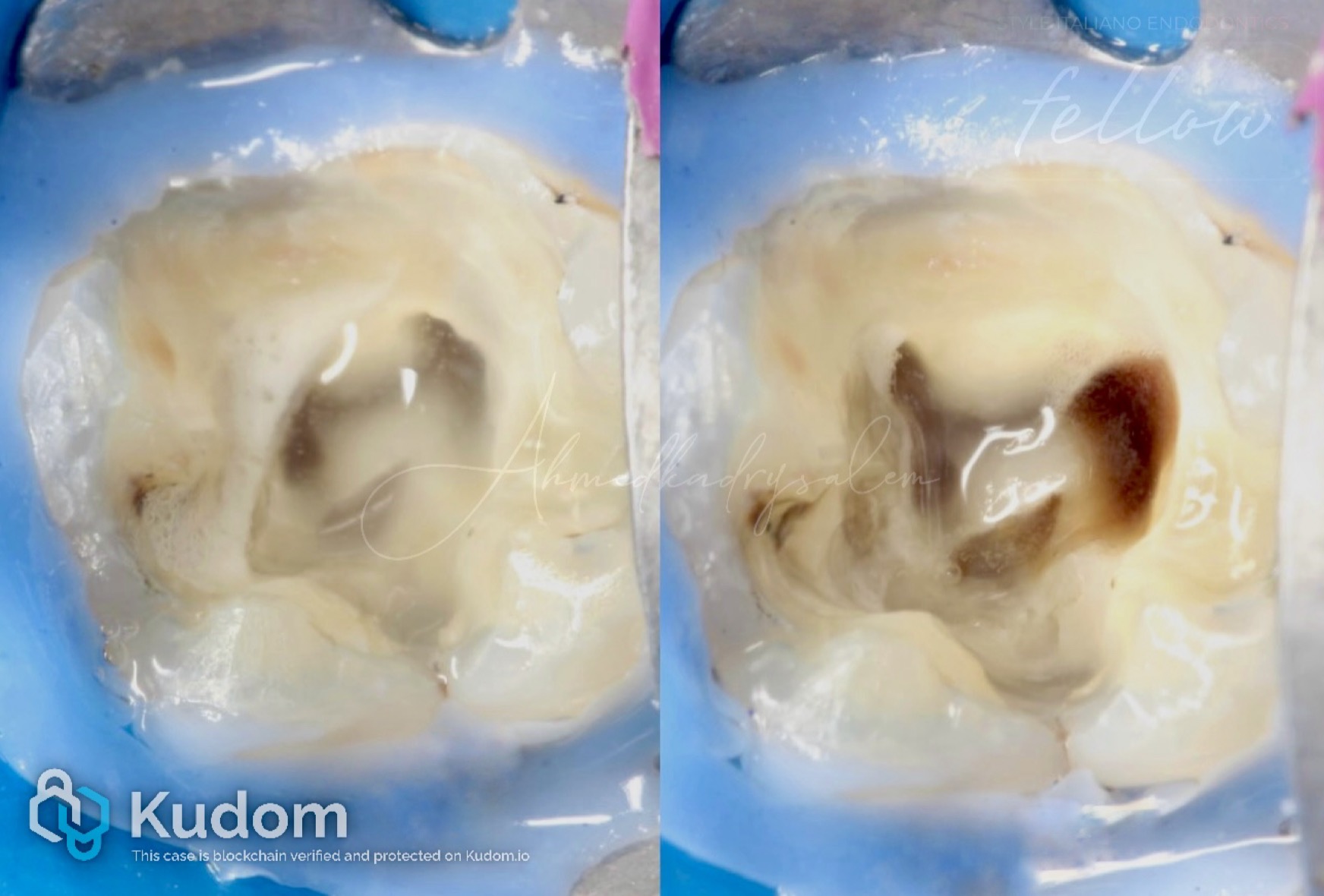 Maximizing the Efficacy of Sodium Hypochlorite in Endodontic Disinfection: A Clinical Overview
Maximizing the Efficacy of Sodium Hypochlorite in Endodontic Disinfection: A Clinical Overview
Enhancing NaOCl efficacy in endodontics through exposure time, activation techniques, concentration, and temperature for optimal disinfection.
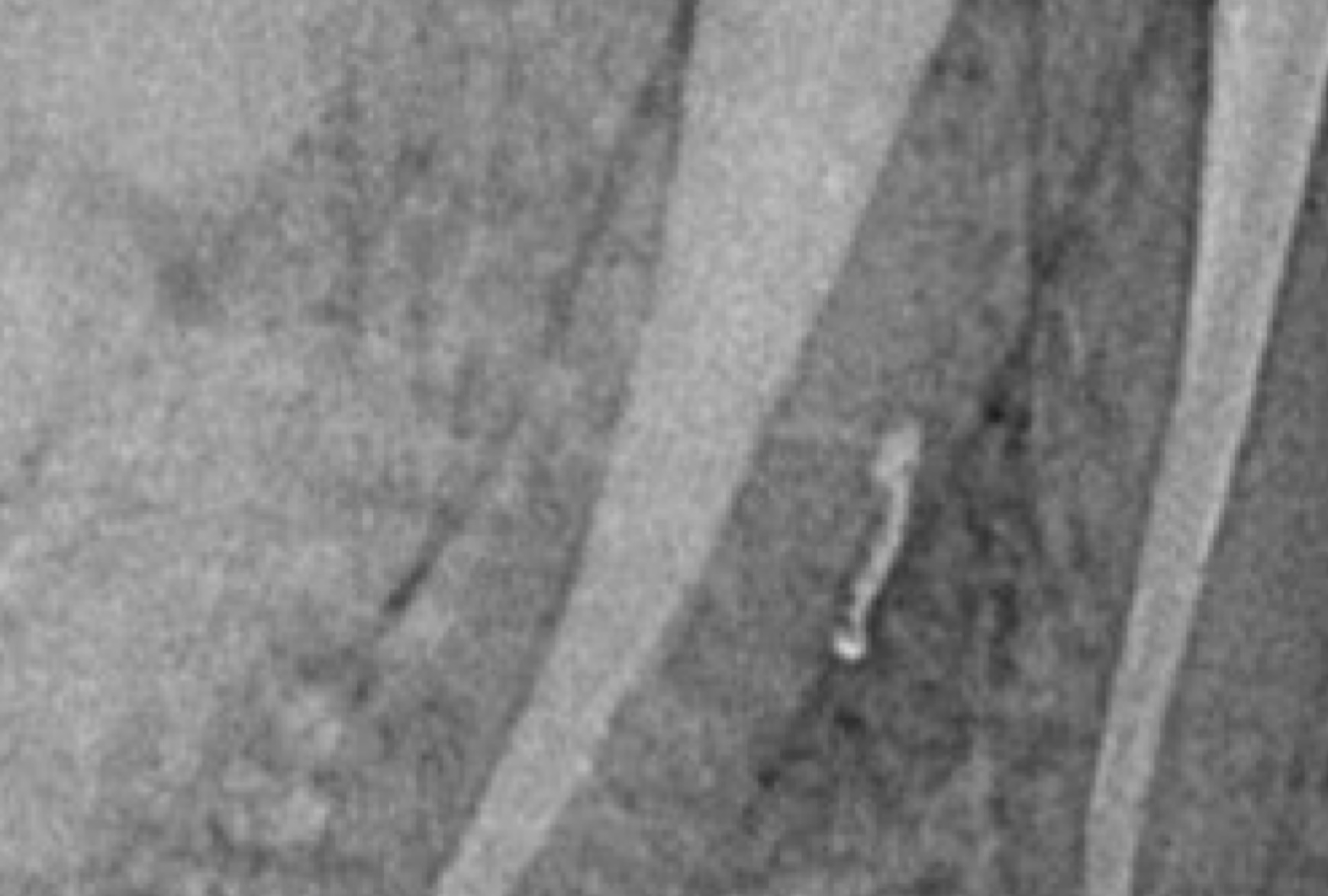 Do lateral canals matter?
Do lateral canals matter?
The importance of treating lateral canals has been a long lasting debate between endodontists. From Schilder and Wein debates in the 80s to nowadays debates between Castellucci and Ricucci, the […]
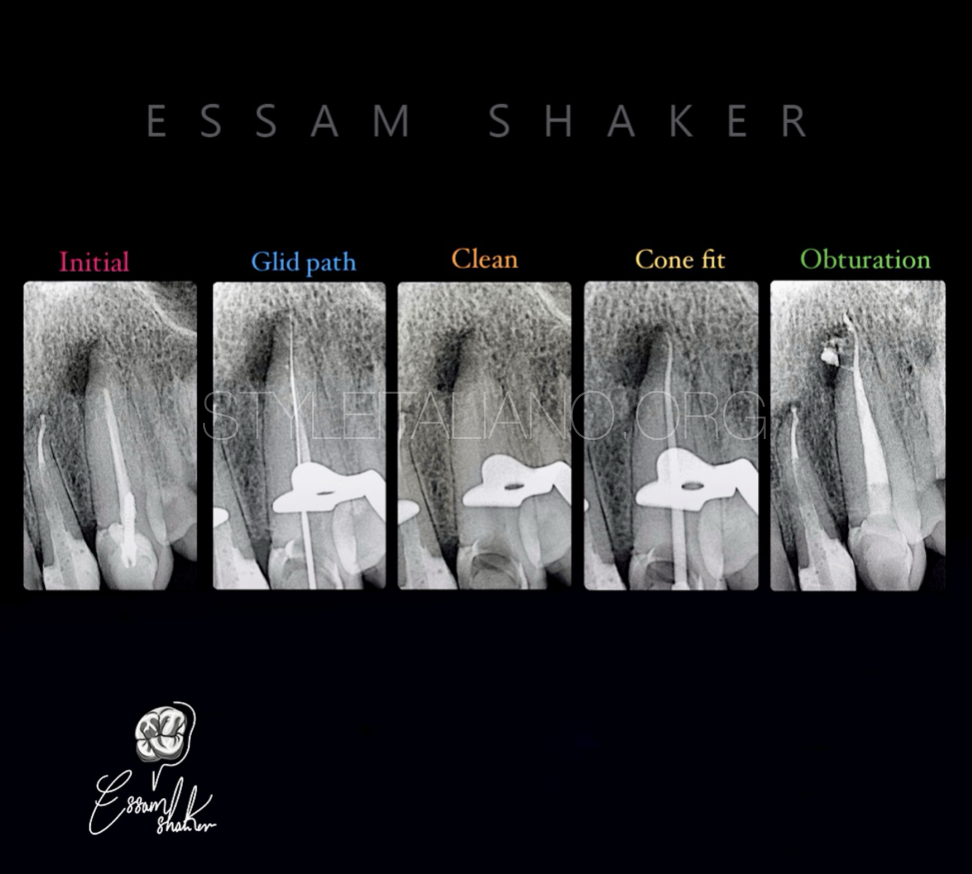 Complexity of the root canal system anatomy
Complexity of the root canal system anatomy
The main goal of root canal treatment is to eliminate the infection in the complex root canal system for the long-term preservation of a functional tooth. Proper debridement of the […]
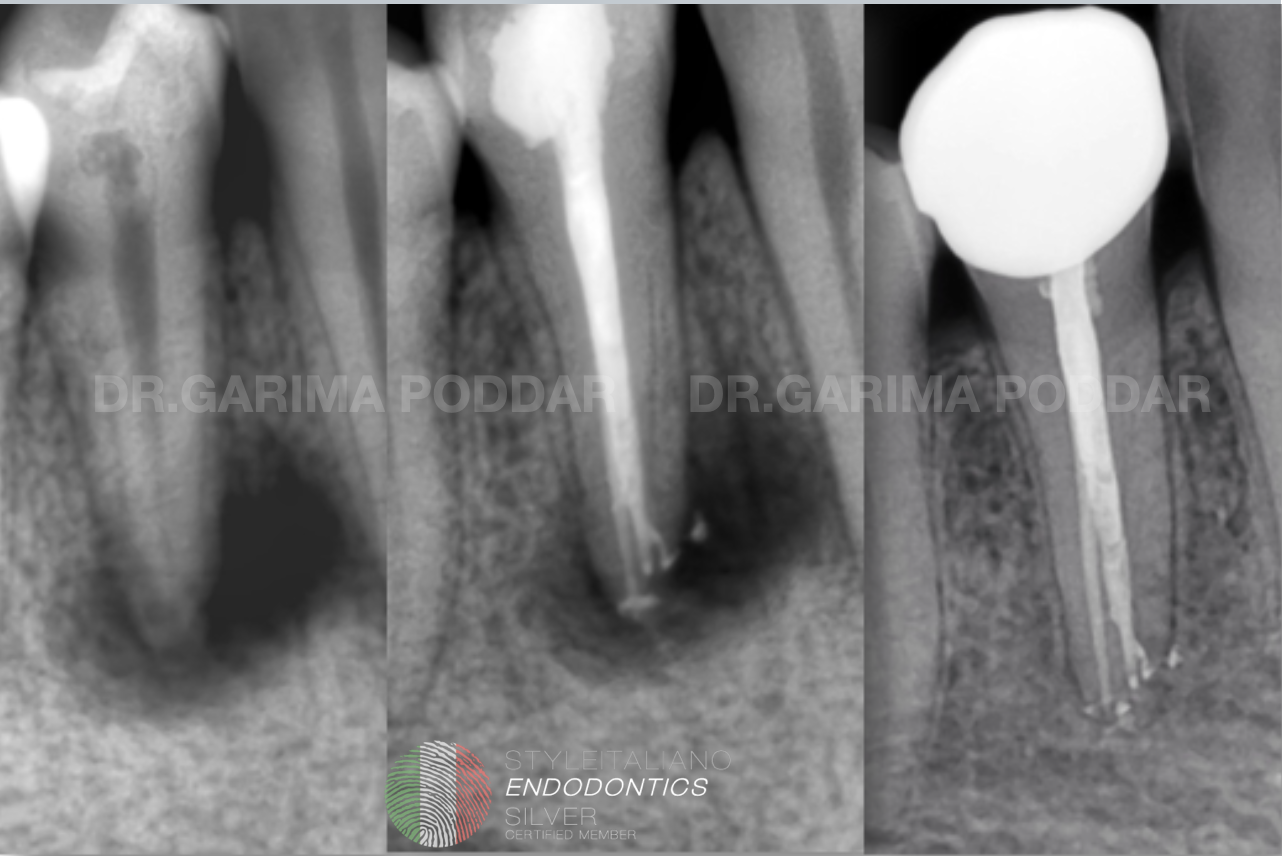 Mysterious pathology, fascinating anatomy & healing- a case of NSRCT of tooth 44
Mysterious pathology, fascinating anatomy & healing- a case of NSRCT of tooth 44
A periapical pathology, could be a result of caries, trauma, periodontally compromised oral cavity or even a thermal and chemical insult to the tooth. Effective cleaning, shaping and disinfection is the key to a successful endodontic treatment. A deep understanding of the anatomy of a root canal system, is of high value while performing a non-surgical root canal treatment. We often come across mandibular premolars with aberrant root canal anatomies. They often present with multiple canals, splits and accessory canals.
This article describes a case of NSRCT of a mandibular premolar with 1-2 configuration and it presented with a big peri-apical radiolucency.
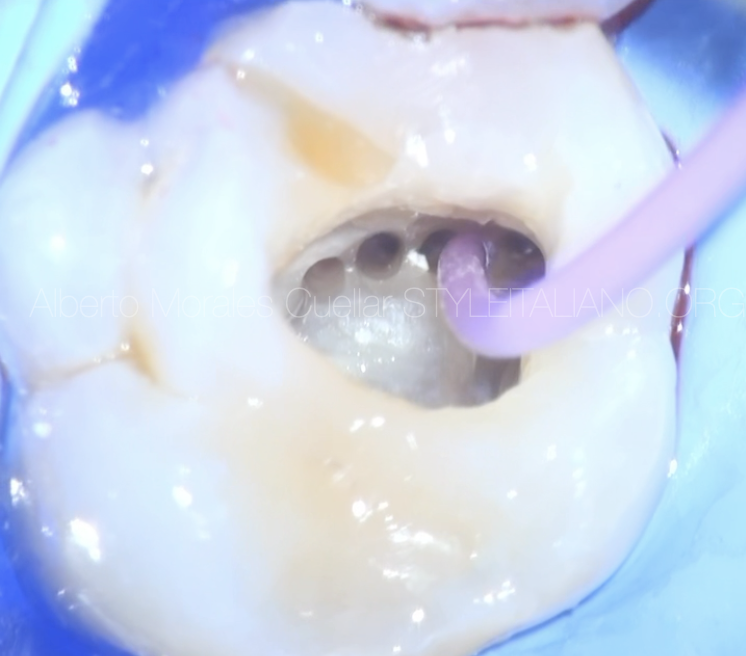 Intracanal aspiration, an useful tool
Intracanal aspiration, an useful tool
During a root canal treatment, sometimes we need to remove liquids from the canals, for example during the irrigation procedure, in cases with abundant drainage o before to dry the canals with paper points.
The use of a microcanula connected to the equipment could help us to aspirate inside the canals.
This can be useful even to remove materials from root canal.
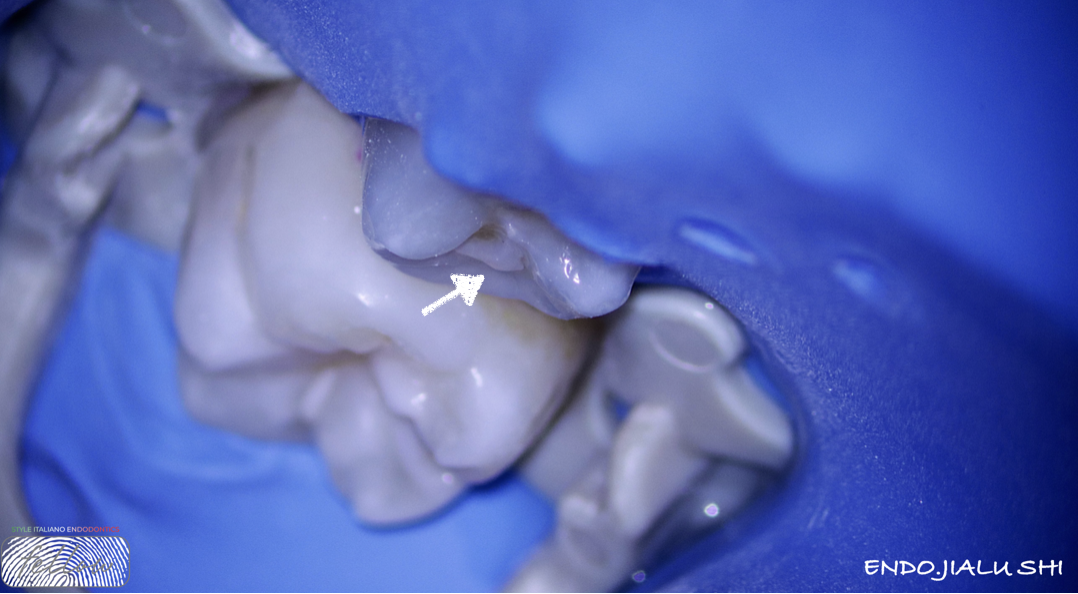 Dens Evaginatus - A case report
Dens Evaginatus - A case report
Dens evaginatus (DE) is a relatively rare developmental anomaly that occurs more often in people of Asian descent than European descent. DE appears as a cusplike elevation of enamel, referred […]
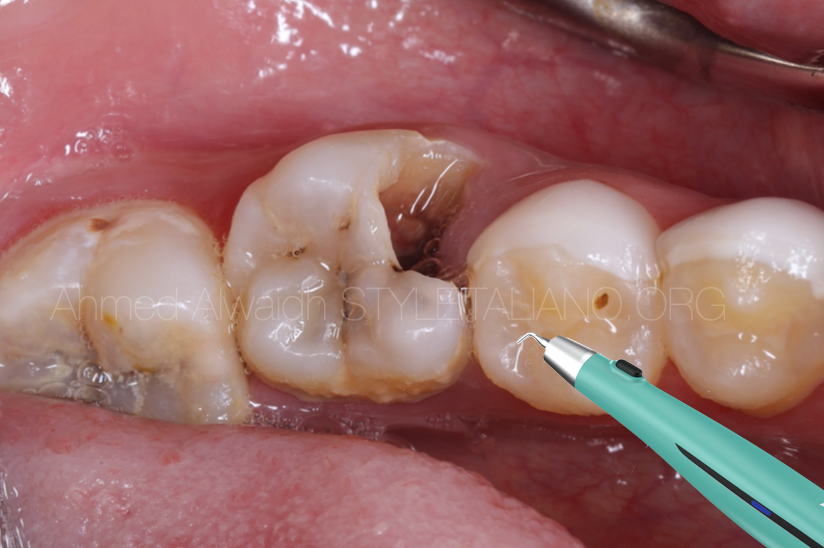 NSRCT for lower first molar with Radix Entomolaris
NSRCT for lower first molar with Radix Entomolaris
Radix Entomolaris (RE) is a major anatomical anomaly in the mandibular first molar represented by a third root that is located disto-lingually. The prevalence of RE is different in different […]
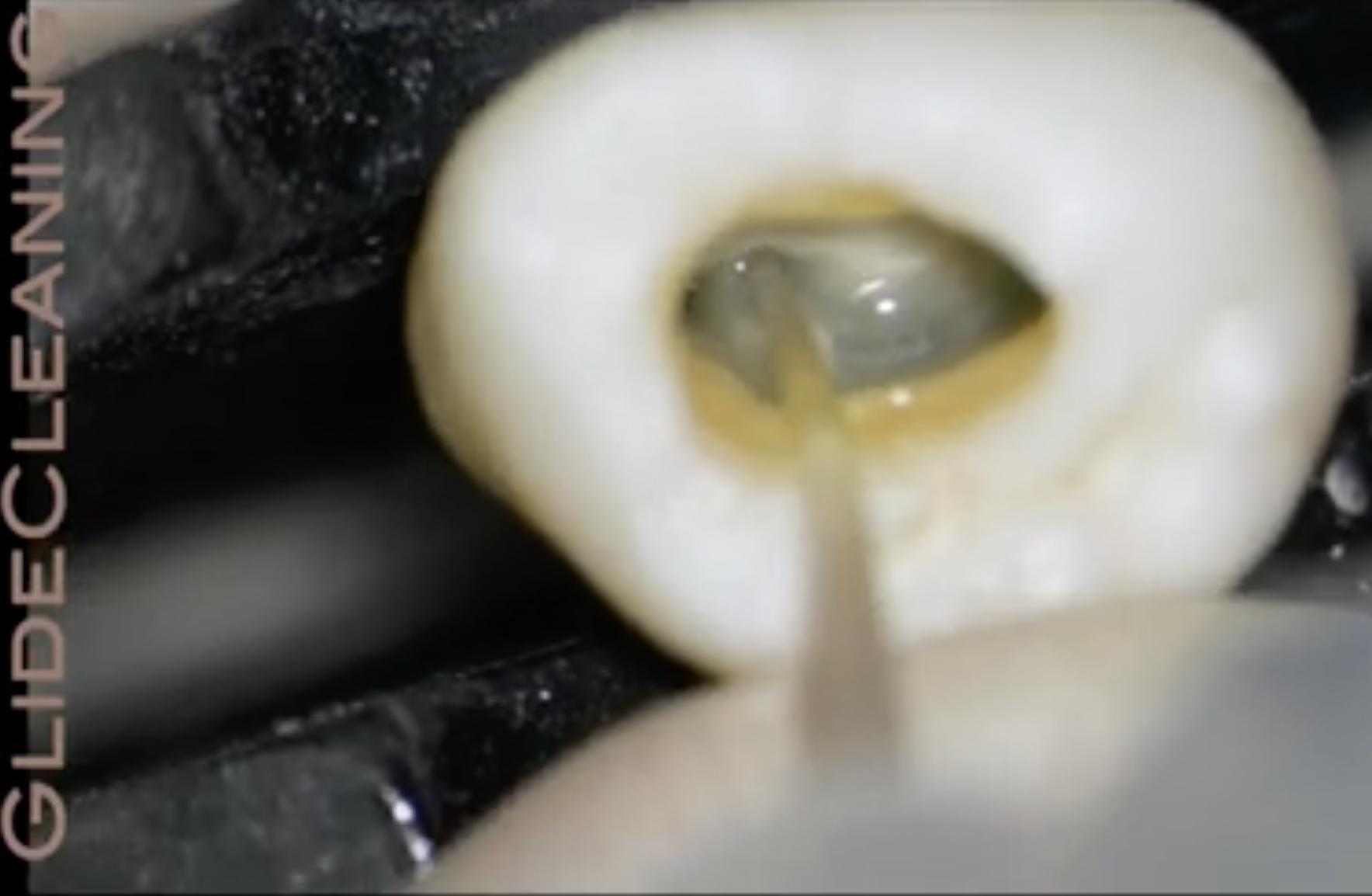 Root canal debridement and disinfection in minimally invasive shaping
Root canal debridement and disinfection in minimally invasive shaping
Root canal debridement and disinfection are a crucial phase of every endodontic therapy. Modern Endodontics has shifted towards conservative shapings, reducing the taper of the newest Ni-Ti instruments, but what […]
 It’s all about Irrigation: Case Report
It’s all about Irrigation: Case Report
A case report with 10 months follow up showing the effect of good irrigation protocol on the final result of the root canal treatment. The aim of root canal treatment […]
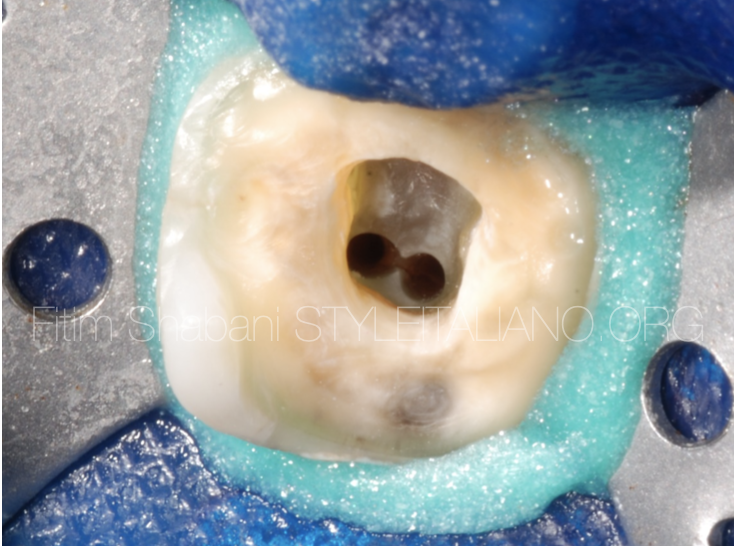 The importance of activation of irrigation in Endodontics
The importance of activation of irrigation in Endodontics
The lower first right molar diagnosed with acute irreversible pulpitis. In this case we want to show the importance of activation of irrigation in Endodontics. Among the many activation methods […]
 Efficient cleaning and proper sealing of root canals, the key to endodontic success- a case of non-surgical endodontic management of tooth number 21 and 22.
Efficient cleaning and proper sealing of root canals, the key to endodontic success- a case of non-surgical endodontic management of tooth number 21 and 22.
The target of an endodontic treatment, is to prevent and intercept pulpal / periradicular pathosis, to conserve a tooth affected by pathosis and to prevent recontamination after the treatment. After […]
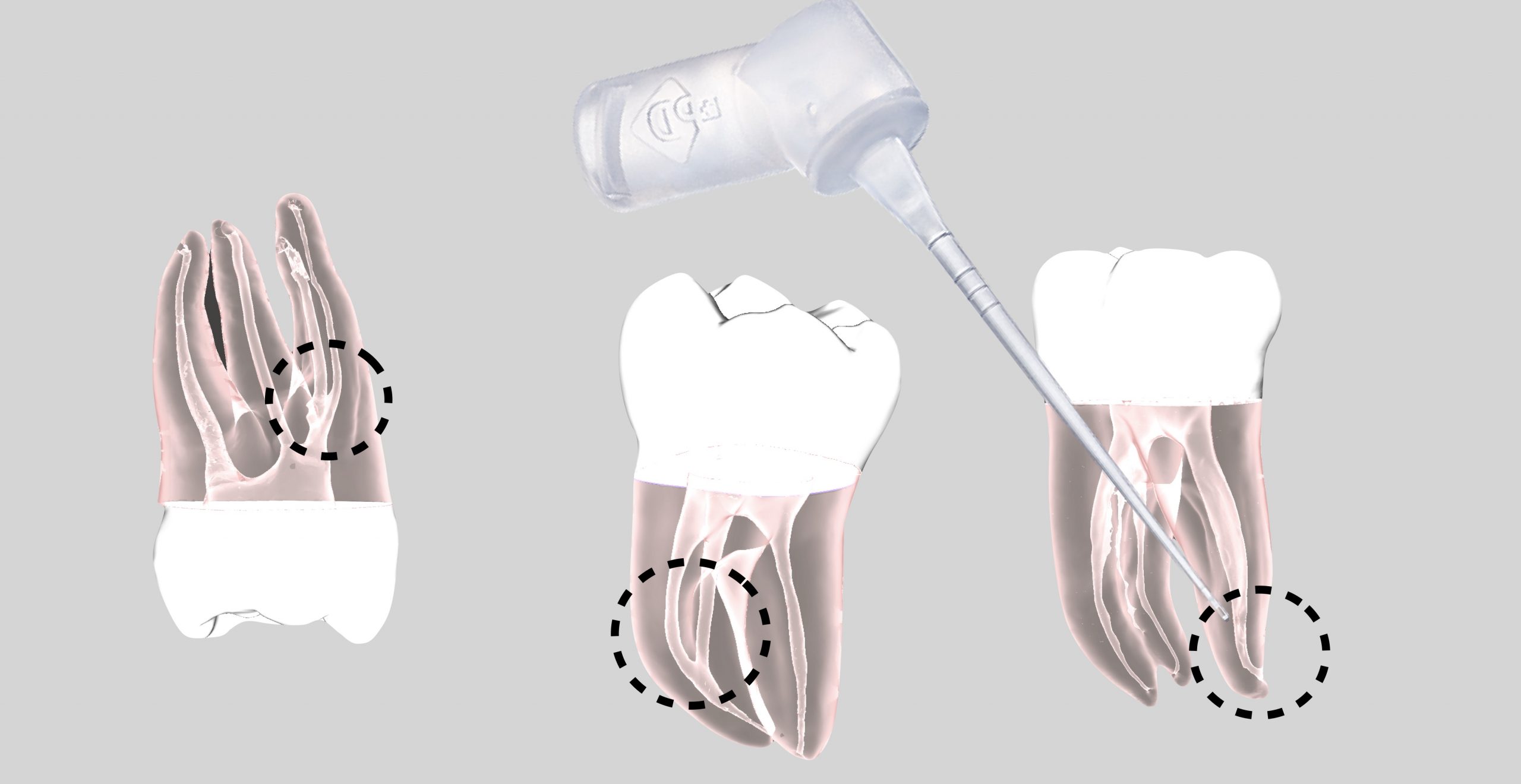 Does anatomy represent a limit for root canal disinfection?
Does anatomy represent a limit for root canal disinfection?
From a recent Randomized clinical trial (Comparison of the Effect of Two Endodontic Irrigation Protocols on the Elimination of Bacteria from Root Canal System: A Prospective, Randomized Clinical Trial) it was […]